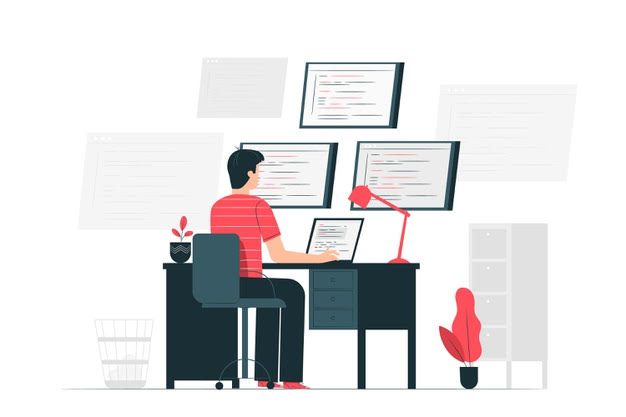Pentesting – the new saviors

Pentesting is short for penetration testing. There are more and more people who know that. What is it? A simulated invasion to find out more about the vulnerabilities of a network. Since the need for software development and IT outsourcing is on the rise, pentesting is more needed than ever.
HTTPS is something very well-known? Still, what does the S stand for? Secure.
It might be basic but relevant even today. It protects the information and data within a system.
And let’s note that privacy is a central point to the new age of digitalization. Even more so since the introduction of GDPR policies. Even though it is a policy of European states, every nation that has any tangency with these must comply.
However, cyberattacks are more complicated than these basic firewalls. But what exactly is a cyberattack?
Cyberattack
What definitions have in common is that:
- an action with a purpose
- exercised on a digital network
- with the reason to alter purposes or information
According to Security magazine, a cyberattack happens every 39 sec. It is also happening so often that is is surpassing the illegal drug industry.
And this is when the pentesters come into the picture, as the saviors of the new age.
The hats
The common hacker, the one with the bad intentions is known as a black hat hacker. A white hat is someone who by his/her knowledge discovers vulnerabilities within a system that a black hat would exploit.
This is ethical hacking.
We must mention grey hats as well. These penetrate a system without permission but have good intentions. This is also illegal.
Pentesting is harder than it seems
What pentesters do is they get there faster and safer. Safer, because they have to make sure they do no damage in the system while penetrating it. While a black hat hacker has no such worry. Any collateral harm to the system is fine as long as the penetration is happening.
The process
Here is how pentesters do it.
- Gather information – you need to gather as much information as possible about the system, infrastructure, and the whole company to make sure every step is done complying with the security policies.
- Footprinting / scanning– is where you go deeper. You fingerprint the used operating system, port scan, and service detect.
- Assess vulnerabilities – here you create a list of vulnerabilities and assess them. You can do it manually or automatically. But know, that you can’t automatically do the whole pentesting process.
- Exploit – then do it again, because it will only end when you don’t find any vulnerabilities.
- Report – then, there is the reporting, when you note the results of the whole process. It is just as important as any other step of the process.
It must have the followings:
- The technique
- Vulnerabilities
- Impact and risk for each of the vulnerabilitie
- Recommendations about how to fix them
Pentesting is not far from being an easy job. As you can see it takes more preparation, care and diligence than black hat hacking. Since its importance is vital to the modern world, it is becoming one of the most hunted jobs out there. We, at AROBS, have an outstanding team of security engineers, that always make sure our projects are super-strong against hacking.